25.07.2021 - 12:00 - 17:00
My Name Is Language
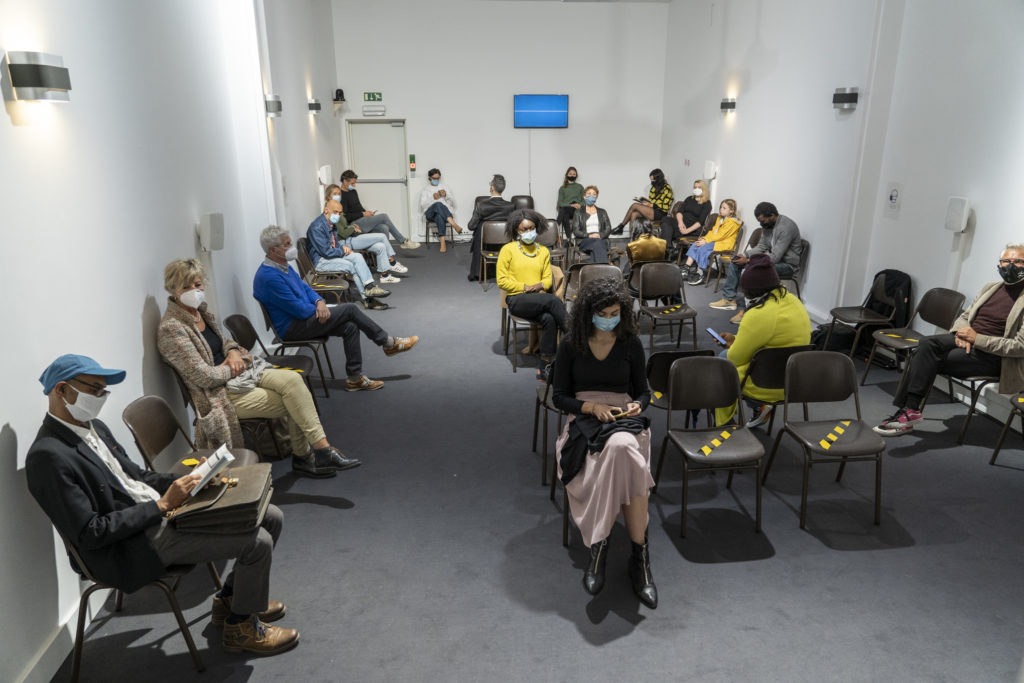
The Amsterdam edition of Nicoline van Harskamp’s performance series My Name is Language finally goes live at the Amsterdam Museum on Sunday July 25th. Book your tickets now for one of the three live shows or mark your calendars to watch the live streams.
The one-hour performance takes place three times on Sunday July 25th at
12.00-13.00
14.00-15.00
16.00-17.00
A live audience of 25 people is allowed with each performance at the museum, so make a reservation in time via : https://www.amsterdammuseum.nl/tickets
A live stream of each of the performances can be accessed free of charge via the Youtube-channel of the Amsterdam Museum.

My Name is Language at M HKA Antwerp – Set photograph – Image by Bram Goots
Eight strangers in a waiting room tell each other about the role of names in their lives and their communities. Each of them has recently renamed themselves – voluntarily or involuntarily – or has considered doing so. They use different languages, and the names that they discuss, exist in an even wider language spectrum: from Trayetmas to Özgür, from Ossendrijver to Vodikulwakidi, from Puk to Omarciano. The audience, waiting among them in the same room, can read English subtitles on the information monitors overhead. However, in this space, names are translated and subtitled like any other word.
My Name is Language (Mijn Naam is Taal) is the fifth edition of Nicoline van Harskamp’s performance series that started in 2018. In preparation for each edition, she interviews a large number of locals. Starting with the same set of questions—What is your name? Who gave it to you? Does it translate as something? —these conversations lead to both intimate and political observations about how names are affected by the power struggles within systems of government, religion, education, or kinship.
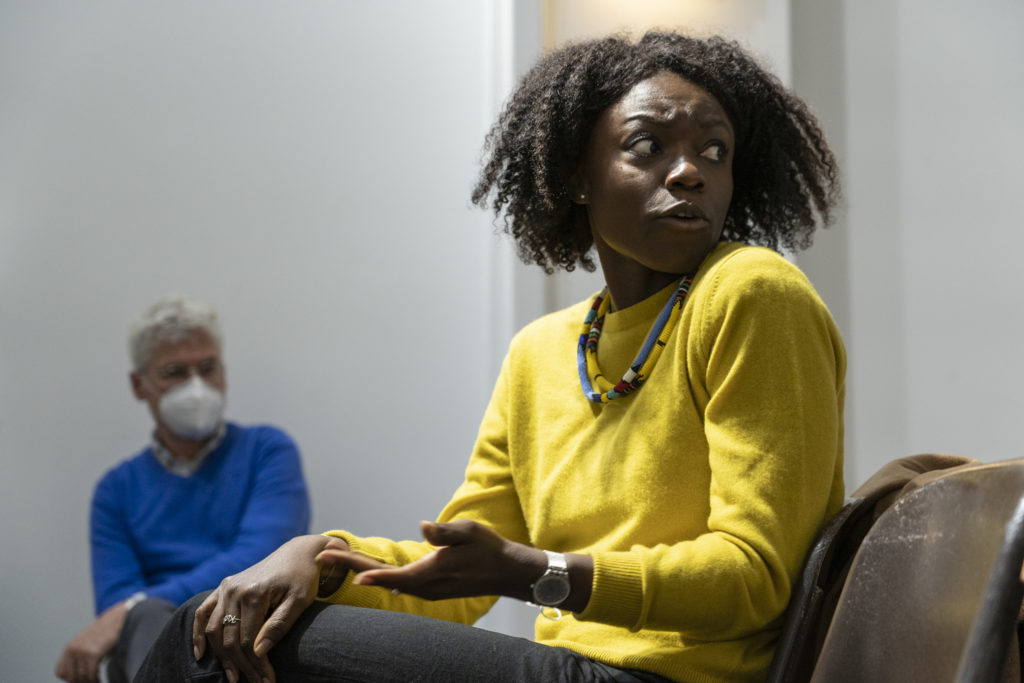
My Name is Language at M HKA Antwerp – With Marie-France Vodikulwakidi – Image by Bram Goots
This Winter, two focus group meetings were held at the Amsterdam Museum in preparation for the Amsterdam edition, in the context of the exhibition Refresh Amsterdam. The childcare benefits scandal, in which discrimination on the basis of last names played a large role, had just caused the fall of the Dutch cabinet, and added to the urgency of the discussions. From the many individual and group conversations that van Harskamp conducted subsequently, a little-known fact also emerged: throughout history, the government of the Netherlands has actively repressed a number of languages. And although the underlying politics differ in different eras, the abolishment of Yiddish, Sranantongo and Dutch Sign Language in the education system, has had similar consequences for the names used in these language communities. .
With this fact come new realizations and new questions. Where names have been erased, should they be represented with an X like Malcolm X did, or replaced with poetic and provocative, multilingual creations? Does the formal registration of alternative, “in-community” names lead to emancipation, or rather the reinforcement of a system that inherently works against that community? Do we need a fixed name label for our own safety, as both our government and Facebook would have it?
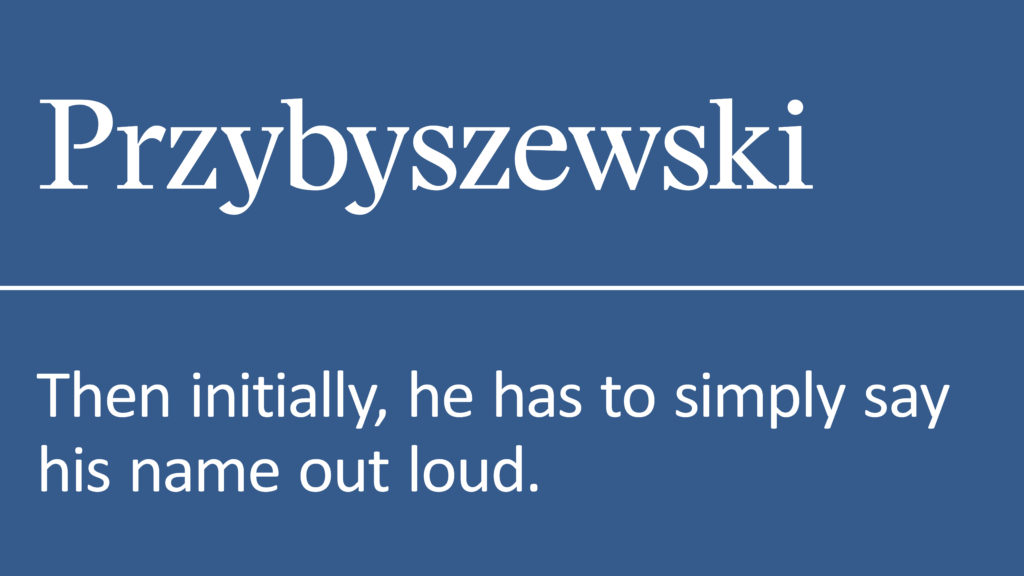
My Name is Language – Subtitle screens
My Name is Language is written and directed by Nicoline van Harskamp and performed by Jalil Adahchour, Chris Comvalius, Chava Voor in ‘t Holt, Kenneth Phillip George, Jip Hamer, Hala Humida, Tomer Pawlicki and Marie-France Vodikulwakidi. Andrea Rogolino is the production assistant, Igor Andreevski is in charge of camera and streaming, Matt Strokowski does the audio engineering, and Andreea Peterfi designs and operates the subtitles.
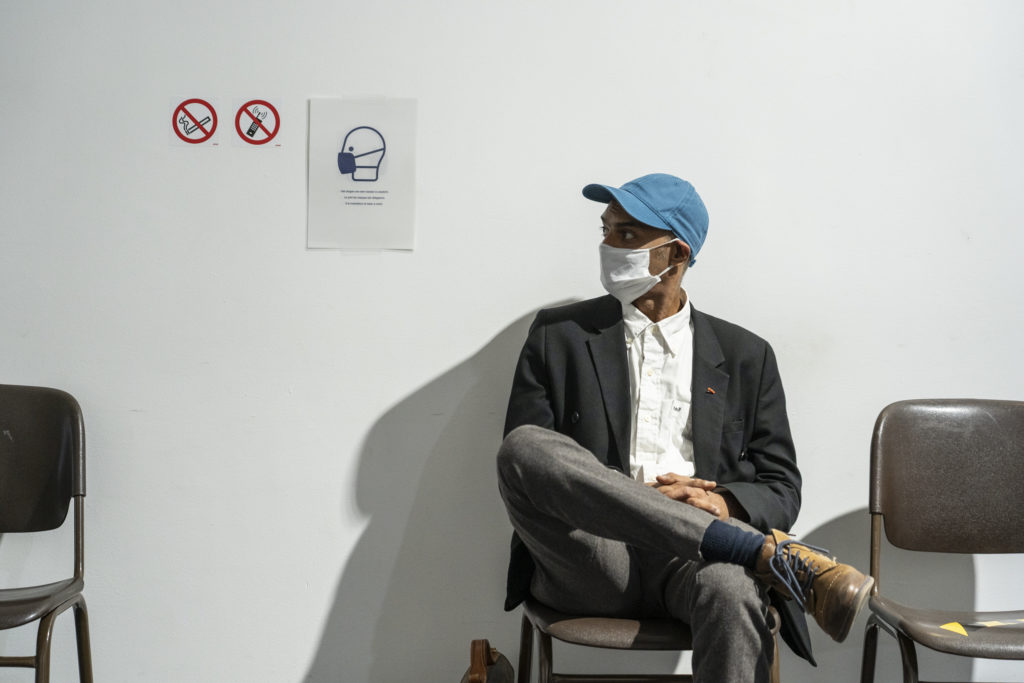
My Name is Language at M HKA Antwerp – With Kenneth Phillip George – Image by Bram Goots
My Name is Language at the Amsterdam Museum is possible by the Amsterdam Fonds voor de Kunst and Stichting Stokroos.
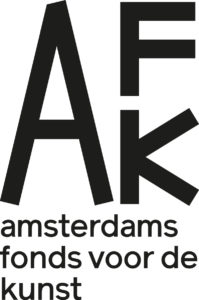
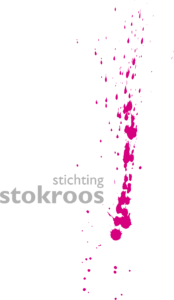
Nicoline van Harskamp wants to thank the many respondents and interviewees, Buddy Film Foundation and Victor Martens.
The characters in My Name is Language speak Tamazight, Arabic, French, Dutch, English, Sranantongo and Hindi, and are subtitled in English.


